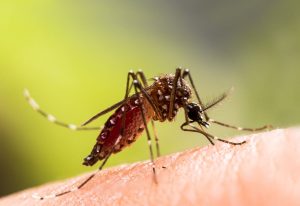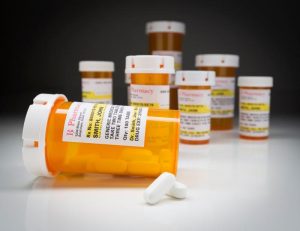Gross.
I know you’re thinking it. It’s okay. I did, too. But, I don’t mean ‘word’ in the literal sense, but yes, no two ways around it: it sounds gross.
When I was pregnant with my second baby, my husband and I met up with our Labor and Delivery Doula from our first child’s birth. She asked us if we were interested in doing Placenta Encapsulation this time around.
“What, now?”
Honestly, it sounded like foreign tongues. I had her sound it out for me. Then, she began with the benefits: improved hormonal balance, increased breast milk production, and increased energy levels. Immediately, I was hooked. After my first baby, I struggled with all of those things. Any possible process that would make those issues better for me had my full, undivided attention.
Our doula continued: I would basically ingest my own placenta after I give birth. As she described the actual process, all visions of me carving up my placenta like a Filet Mignon on fine china with a nice glass of Chianti a la Hannibal Lecter went out the window.
Here’s what happens: you bring your placenta home with you (via two one-gallon Ziplock bags – double bag it! – and a cooler), freeze it, an OSHA certified Placenta Specialist comes to your home, cleans it, cooks it, dehydrates it, and crushes it into powder that’s put into digestible capsules. The result: a brown-looking version of bee pollen capsules that you pop as if they’re any other vitamin.
Expectant parents will have to check with their hospital and possibly sign a waiver to take the placenta home (it is considered bio-waste, after all). Also, a small sample might need to be left with the hospital depending on state mandated pathology testing.
Because you want to get the capsules made quickly, try to coordinate the specialist to come to your home while you’re still in the hospital. It’s a two-day process. And you’ll definitely want the capsules at the ready as soon as possible. Big hormone drops can occur as early as the third day after your baby arrives.
The specialist also offered to make me a tincture, which I can take when menopause comes rolling around. A good alternative to some of the controversial manufactured hormone replacements available out there. Done!
So, yes, after initially being thoroughly grossed out by the thought of it, I highly recommend placenta encapsulation. Cost ranges from $300-500. If you can afford it, do it. Encapsulate and get a tincture. You have one opportunity per child to do this. Buy yourself this option. Because when you hit those super low hormone dips and you feel like a deer in headlights completely emotionally disconnected from yourself and everything around you, especially that sweet baby, you have at least one option that will help you balance out physiologically.
I absolutely benefited from the capsules. My husband even tells expectant moms to do it. After all, he’s the one who takes the brunt of my roller coaster hormonal wrath. We both saw the difference, and had a smoother post-partum experience because of it. — Tera Benoit


-300x200.jpeg)









-300x241.jpeg)




